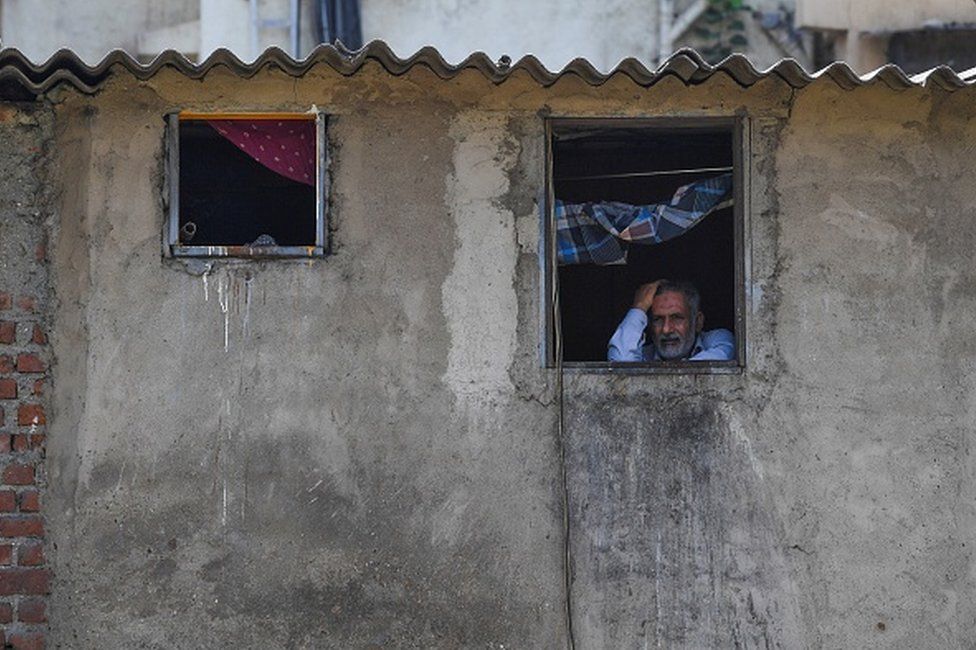
:max_bytes(150000):strip_icc()/climate-weather-seasonal-guide-for-india-1539593-v4-HL-FINAL-5c3df7ec46e0fb0001670acb.png)
Schools, especially those heavily influenced by teachers’ unions, could impose permanent online-only days.". Children could be impacted by climate lockdowns, too.

Drive to work in a car? You get hit with the tax. Such taxes could be imposed on companies, limiting driving or air miles, and extend to individual employees. During the early days of the pandemic, millions of Americans worked from home this could become the permanent norm if special carbon taxes are put in place. " What would climate lockdowns look like? Most likely, cities and states would begin a gradual and discrete ramp-up of restrictions. Note: A week is described by the end date of that week.KRISTIN TATE: " Fear over climate change could lead to long-term soft lockdowns, given the precedent of immense growth of government power and significant support for sweeping state actions.". Weekly trend in March and cleanest week during a year – 2016-2020 (Excluding monsoon months) This only indicates how disruptive, ambitious and scalable the next level of multi-sector action will have to be to sustain this air quality. How can action be calibrated to sustain this change in air quality when the economy bounces back after the pandemic? The lockdown, a massive experiment, even though for unintended reasons, has given monitoring agencies a chance to understand how low the pollution can drop during this season. This prompted CSE to do a rapid and indicative analysis of the daily and weekly trend in PM2.5 levels during locked down March and how it compared with March of preceding years since 2016. Crisper, breathable air and bluer sky are a testimony to this change. But spring pollution normally does not dip to the levels that have just been experienced during the month of March. Spring is the time of the year when winter smog thins out in the national capital. The daily PM2.5 levels during this week have been well below the 24-hour standards. This is the first time since 2016 that March in spring has recorded the lowest levels. The last week of March 2020 was 26 per cent cleaner than the cleanest week recorded in 2019 (week ending June 26, 2019). Normally, the cleanest week outside monsoon is recorded during June, when there are ample pre-monsoon showers.Įven though meteorological conditions influence pollution levels in other months as well, CSE’s comparison is only indicative. The last week of March this year (ending March 29, 2020) was the cleanest week if the monsoon (July 1 – September 30) was excluded since 2016.

The last week of March 2020 appeared to be the cleanest week so far since 2016 if the monsoon months - July to September - were excluded. Particulate matter (PM) 2.5 levels continued to slide after the nationwide lockdown in the wake of the novel coronavirus disease (COVID-19) outbreak kicked in on March 23, the analysis found.ĬSE’s comparison of weekly pollution over time did not include the monsoon months of July, August and September as heavy monsoon rains deeply wash out pollution. The last week of March 2020, ending March 29, was one of the cleanest in Delhi in the past few years, a Centre for Science and Environment (CSE) analysis has found.


 0 kommentar(er)
0 kommentar(er)
